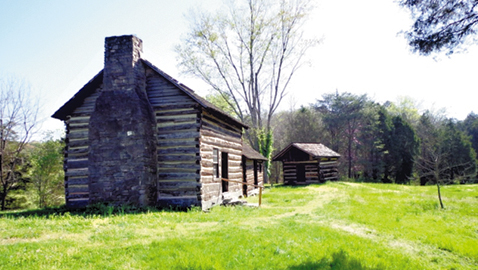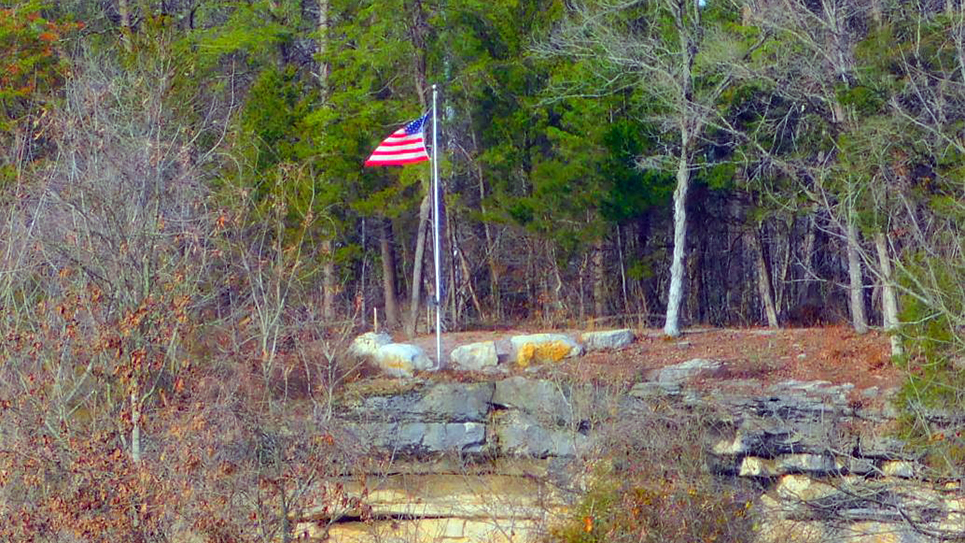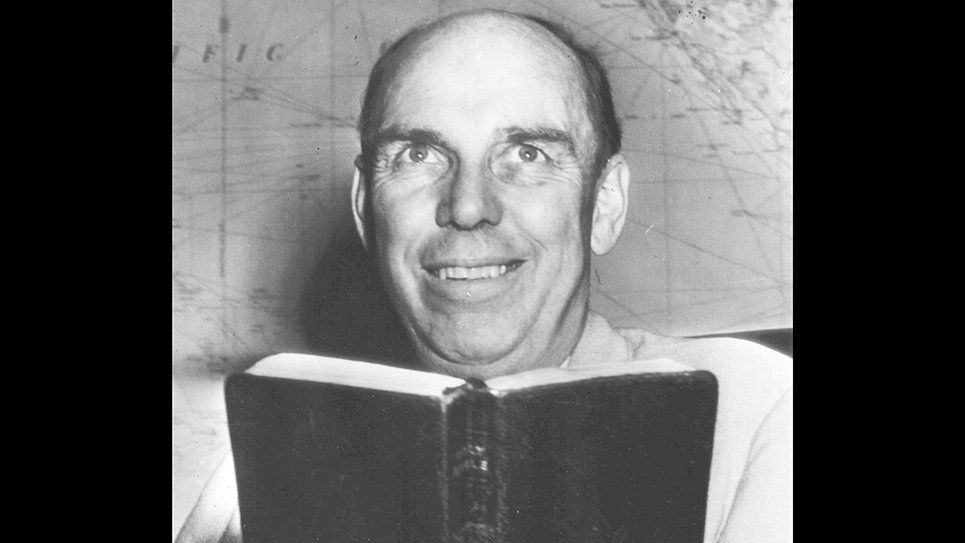By Mike Steely
steelym@knoxfocus.com
Why are Knox County and East Tennessee so “Sevier?”
The region can boast Sevier neighborhoods, Sevierville Highway, the Sevier Homestead, Sevier County, various Sevier Avenues and Streets, Sevier Heights, and Sevier Fuels, just to name a few.
You’d think the person that these Sevier places are named for must have signed the Declaration of Independence or something.
History buffs and native East Tennesseans know it is the “or something” that generates so many inclusions in place, street, and neighborhood names. Much like George Washington was “the father of our country,” John Sevier was, with some debate, the father of Tennessee.
Like many early patriots and settlers, Sevier wasn’t born here; he was born in the Shenandoah Valley of Virginia and arrived in what is now East Tennessee as a young man. He and his first wife, Sara Hawkins, married in Virginia and eventually settled at Marble Springs, the historic site located just off Gov. John Sevier Highway in South Knoxville. While it is commonly believed that Sevier received the property as part of a land grant there are recent indications that the home cabin located there was built by a later landowner.
Interestingly enough, Sara Hawkins’s sister married John Crockett, father of David Crockett, making Sevier and Crockett second cousins. Shortly after giving birth to their 10th child, Sara Sevier died. John married Catherine “Bonny Kate” Sherrill several months later.
John Sevier served in just about every capacity that was available at the time: Military commander, governor of the short-lived State of Franklin, representative of the Southwest Territory in North Carolina, four times Governor of the new state of Tennessee, to name a few.
You’d think that a man as popular as John Sevier might one day aspire to be president of the United States but his eventual clash with his one-time friend, Andrew Jackson, prevented him politically from anything higher than election to Congress, where he served four terms.
The Sevier family was large as John Sevier was married twice and he had many brothers and sisters. The Sevier descendants stretch from Tennessee to Oklahoma (one of his sons married a Cherokee woman and moved west with the tribe) and across the nation.
You’ll find “Sevier” neighborhoods and communities in Utah and Arkansas, but the Sevier River in Utah is actually named for a miss use of the Spanish word for “Severe.”
More immediate to Knox County are places and landmarks such as Sevier Island, Sevierville, Sevier County, and Sevier Avenue. There are two “Sevier” neighborhoods in Knox County. The Old Sevier Neighborhood is in South Knoxville and stretches along the river between Chapman Highway and the Island Home neighborhood. The John Sevier neighborhood, or Arminda neighborhood, is located just off Old Rutledge Highway between Rutledge Pike and Mascot. The John Sevier Baptist Church, the John Sevier School Road, and the John Sevier Railroad Yard there continue to carry the name.
Marble Springs, Sevier’s last home
Marble Springs, just off Governor John Sevier Highway near Chapman Highway, is more properly the last surviving home of Sevier. Named for the two springs on the 350-acre farm, Sevier and his family lived there from 1801 until 1815.
The Marble Springs State Historic Site is funded under an agreement with the Tennessee Department of Environment and Conservation, the Tennessee Historic commission and funds raised by the Governor John Sevier Memorial Association. It is also supported by Knox County and the Arts and Heritage Fund.
Several historic structures are located there, one thought as possibly being the Sevier family’s two-story home. These include a Loom House, Smoke House, Spring House, Tavern, and the John Sevier Cabin and attached kitchen. There may be some doubt that the “John Sevier Cabin” was actually built or occupied by Sevier, but to most people it will always represent his home.
Historic Connections with Sevier
How could John Sevier possibly be connected to a modern, successful Knoxville company that recently announced plans to hire 200? How could our area’s founding father, who had nothing to do with the company that builds “green” locomotive parts, be linked with it today?
Knoxville Locomotive Works, part of Gulf & Ohio Railways, Inc., has developed a new kind of locomotive that reduces fuel use, increases traction and speed, and meets environmental standards. Gulf & Ohio Railways, Inc.’s headquarters are in the historic James Park House at 422 West Cumberland Avenue.
At the headquarters is the “foundation” of their connection with John Sevier.
The home, on the National Registration of Historic Places, was begun in about 1790 and was completed about 1812. The beautiful house has been owned by many people over the years including its namesake John Park, an Irish immigrant who was twice Knoxville’s mayor
What’s the Sevier Connection?
Back in 1790 John Sevier owned the property and built the foundation to a home but stopped construction when he ran out of money. He moved on to the Marble Springs farm and sold the lot to his son, George Washington Sevier, who turned around and sold it to a South Carolina merchant. A few years later John Park bought the property.
So, today, the headquarters of KLM sits atop a foundation built by John Sevier. The basement section is now called the John Sevier Room.
While the historic Blount Mansion may claim to be the oldest existing house in Knoxville, it’s possible that the James Park home has the oldest foundation.







